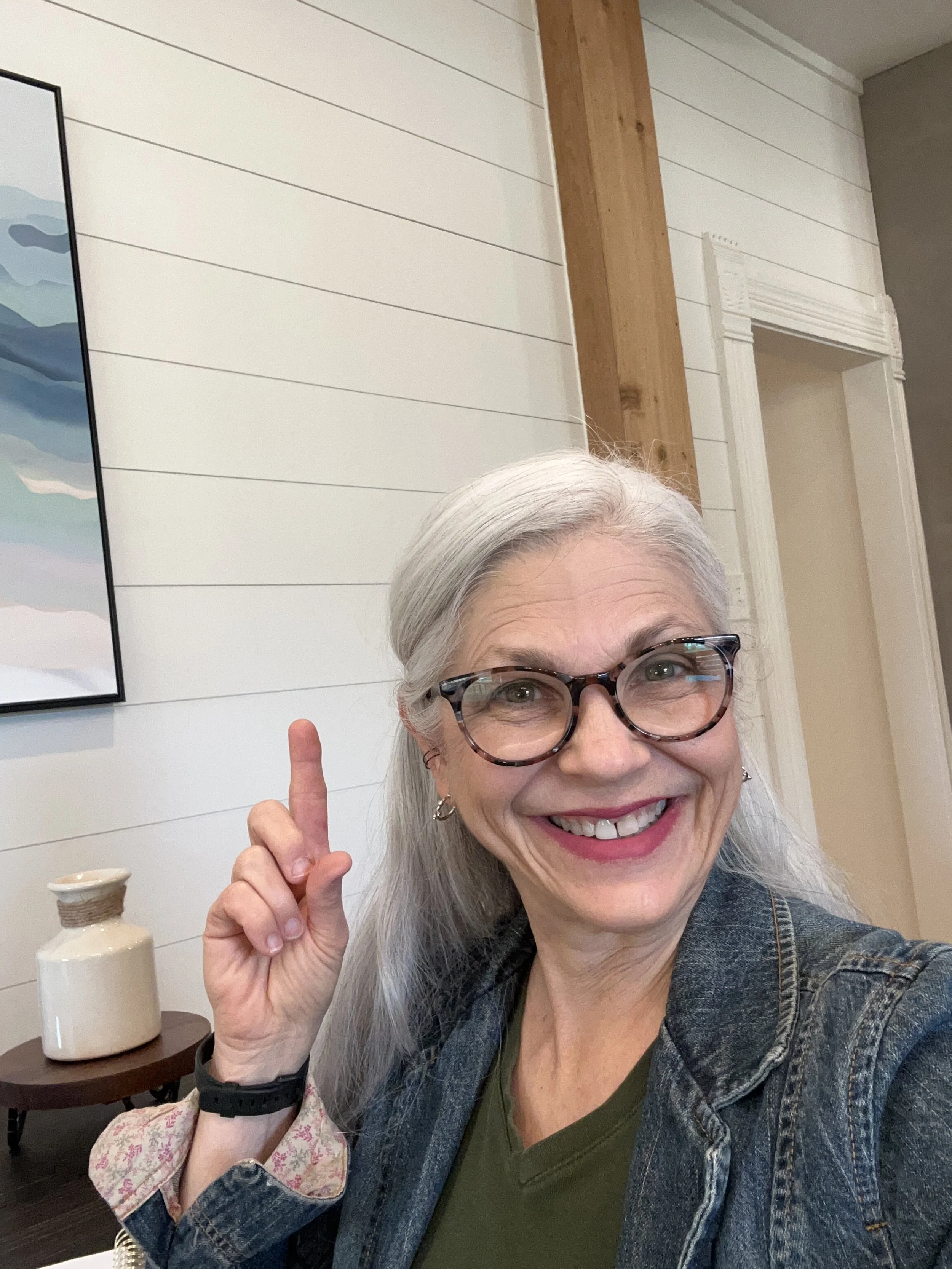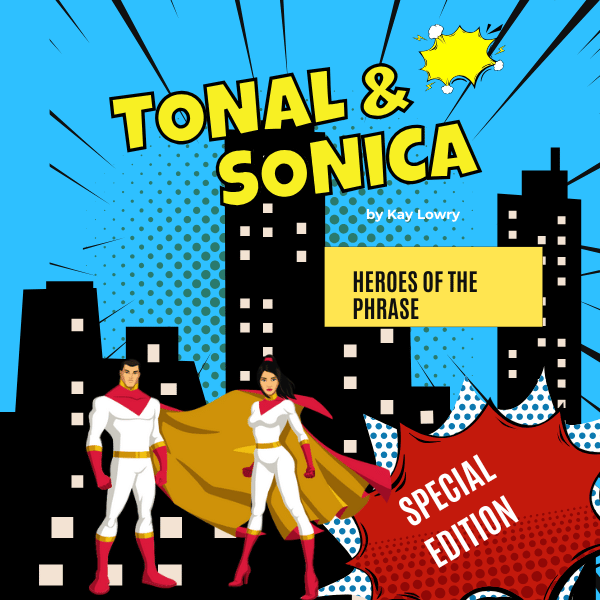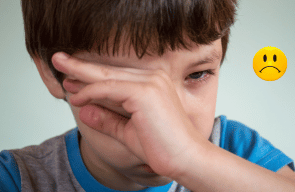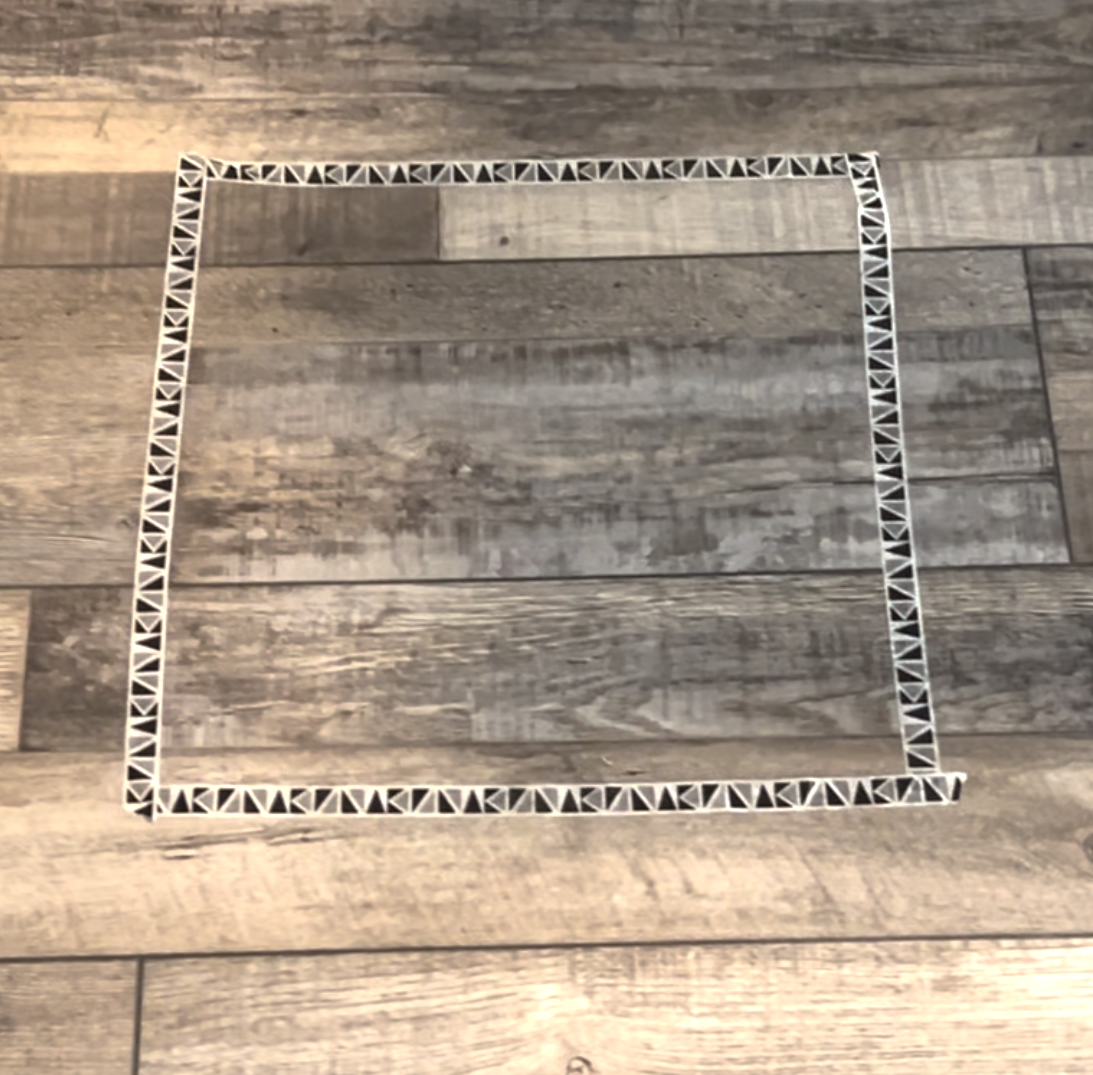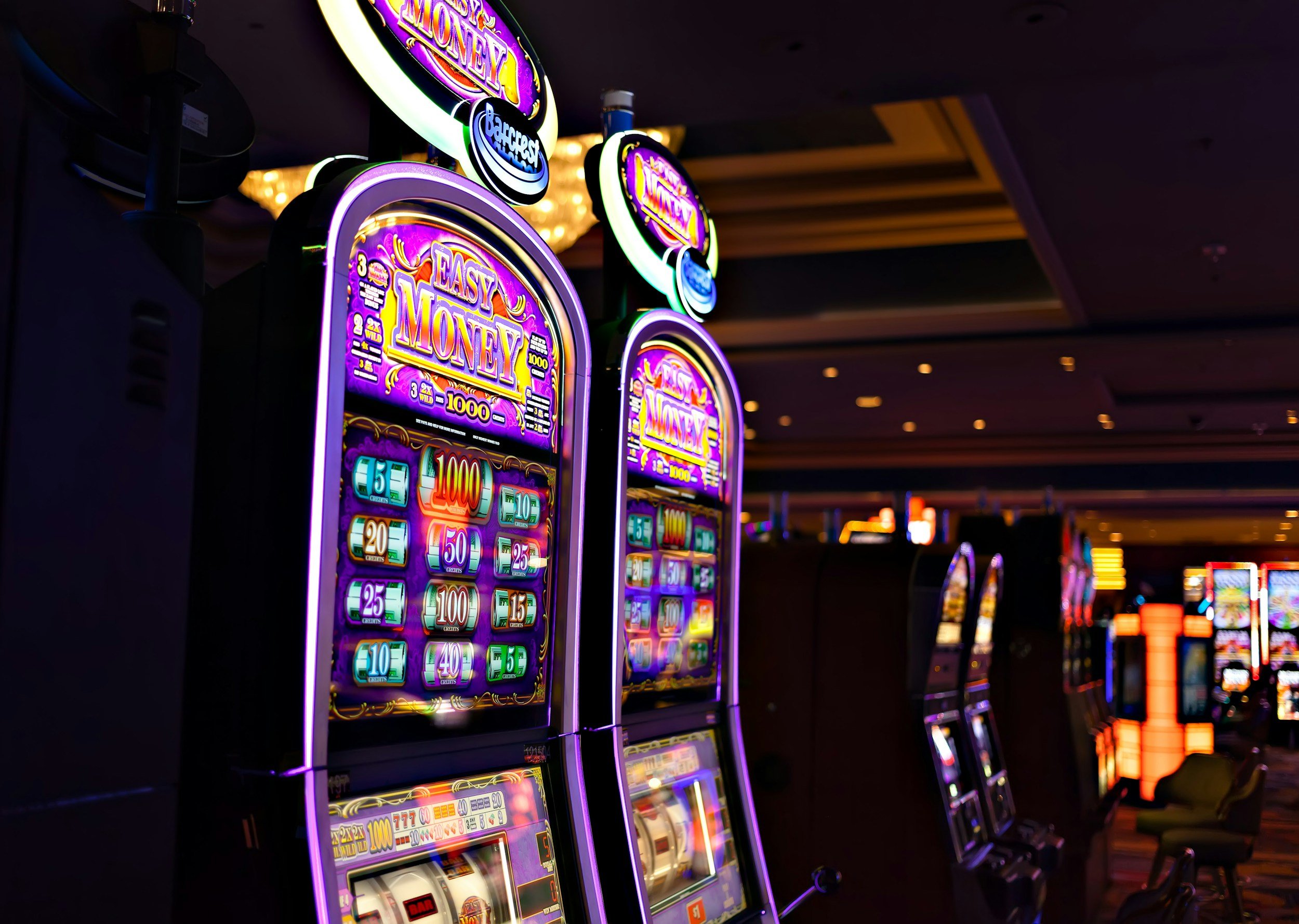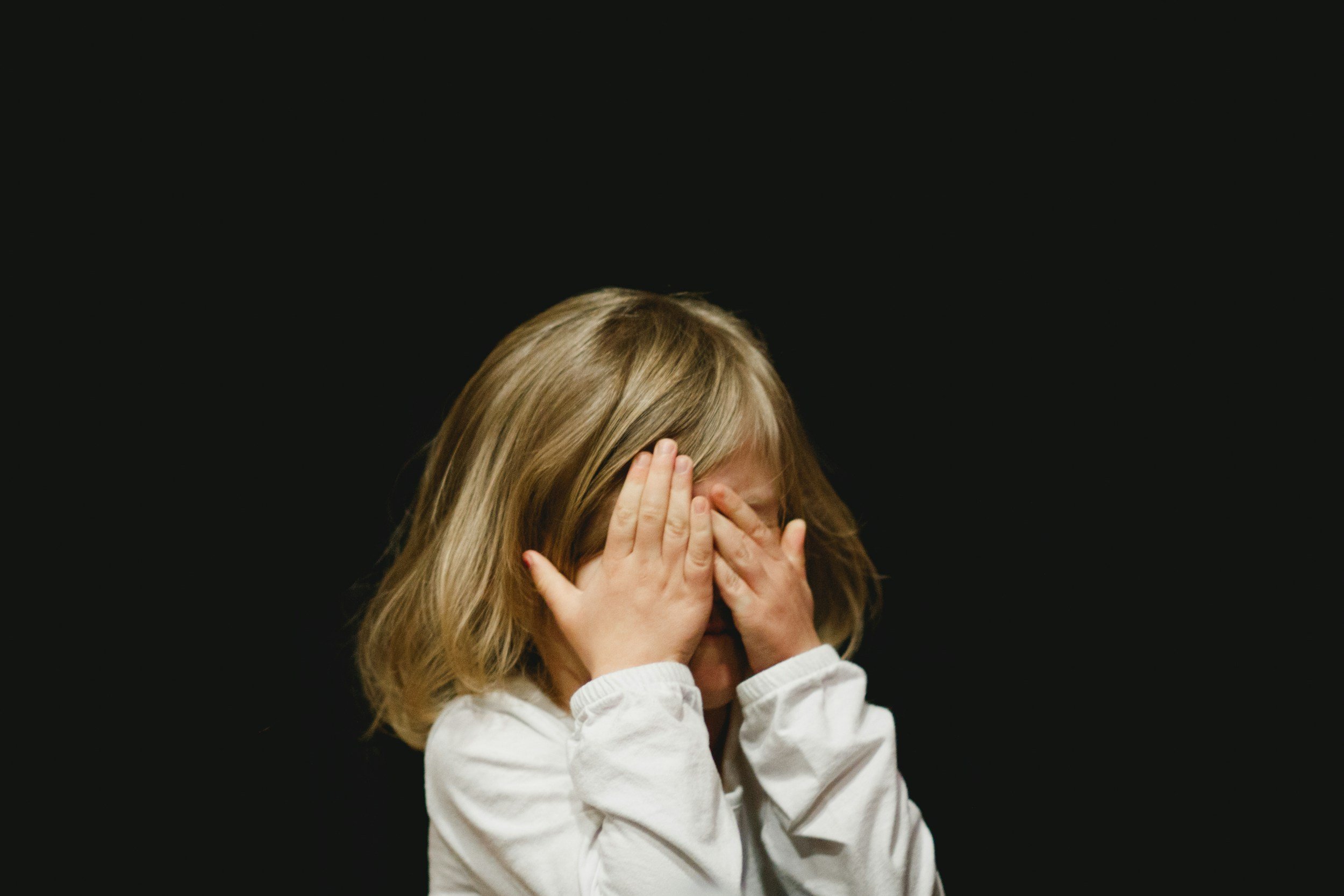Learn from My Mistake: The Avoidable Teaching Misstep That Leads to “WOW” Piano Playing
I used to think every phrase should crescendo to the high note. That’s where the energy is, right?
But something always sounded… off.
It wasn’t until I attended a fantastic conference session with Peter Mack that I finally had my “aha” moment. He talked about the emotional arc of a phrase—and suddenly, everything clicked.
The High Note Isn’t Always the Climax
Sometimes, the high note lands on a weak beat.
It might be a passing tone or even part of a gentle descent meant to release tension, not build it.
That changed the way I listened—and the way I taught.
Now, I invite my students to listen first and analyze second. We don’t just follow the contour of a melody. We ask:
Where does the phrase want to go?
What kind of character does it have?
Where’s the real destination?
It’s not just technical. It’s emotional. It’s artistic. And it’s where the magic happens.
How a Superhero Helps Piano Students Play With Expression
A Musical Adventure That Makes Phrasing Come to Life!
Join Tonal and Sonica, two fearless superheroes, as they patrol the city, searching for ways to transform lifeless melodies into expressive, captivating music! Armed with magical jewels and bracelets, they hurl their powers at the most important notes in each phrase-bringing music to life! But danger lurks in every measure... Villains threaten to flatten their mission, and only by teaming up with the mysterious Krypto-Crescendo can they uncover the most powerful note of all!
Managing Children’s Feelings at Piano Lessons
I hate to admit this, but I used to make kids cry at piano lesson. Occasionally. Not every lesson, but it did happen. Over the years, I got better at managing my feelings, and theirs.
But the other day, I did it again.
Here's what happened: My student came in and happily played a Christmas song with absolutely NO rhythm. You know the drill. She just played one note after another, and then another, and then turned to me with a smile on her face.
I said something like: "Hey that's great - now let's count the rhythm!" So we counted and clapped. Then I asked her to play and - horror of horrors - COUNT OUT LOUD! She said it was too hard, I said it wasn't. I didn't notice that her lip started trembling.
A Fun, Interactive Rhythm Game for Piano Lessons
Yesterday, I worked with one of my beginner students who often struggles to hold her half notes for the full two beats. It's a common challenge with younger students, especially when they haven’t yet felt the rhythm in their bodies. For kids, understanding rhythm is much easier when they can experience it physically. That’s why I came up with a simple game that gets them moving, and it only requires a small amount of space and some washi tape.
ARE YOU ON INFORMATION OVERLOAD?
Humans are not slot machines…
Humans are not slot machines…
Especially your beginner student humans. Slot machines are devices that you put coins in, and hope you hit the jackpot.
Tackling the No-Practice Dilemma: Practical Solutions for Piano Teachers
I know this topic hits close to home for many of you. The subject of zero practice is one that resonates deeply with teachers, and I’ve heard from quite a few of you sharing your thoughts and strategies.
The Emotional Rollercoaster of Zero Practice
When a student walks into a lesson without having practiced, it can stir up a mix of emotions. A bit of frustration, maybe a touch of panic as you scramble for what to do next, and a steady resolve to keep calm and make the most of the time you have together.
In moments like these, I find myself mentally sifting through all the possible options, weighing each one against what I know about the student in front of me. What’s the best way to keep them engaged and learning, even without the expected practice?
Navigating the No-Practice Season: Why Shaming Isn’t the Answer
Let’s be real—modern life is chaotic. Gone are the days when parents could easily manage their kids' schedules, carving out that precious time for piano practice. Sure, some families still have it together, but for many, it’s a daily juggling act. And in that mix, practice time often gets squeezed out.
But here's the thing—before we point fingers, let’s consider the bigger picture.
The Realities of Modern Family Life
Kids today are often over-scheduled, but it’s not always due to poor planning or lack of prioritization. Life happens. Think about the avalanche of homework, last-minute sports schedule changes, or the complexities of dividing time between custodial parents. These
What you need to know - Kids have GAPS in piano learning
Gaps show up in piano lessons all the time.
Here are some examples of places gaps can arise: 1) notation. Notation is an abstract representation of sound. Kids are literal.
2) rhythm. Some kids just don't have rhythm experience in their bodies, which leads to difficulty in counting and playing.
3) technique. Playing the piano with proper technique is a foreign feeling.
4) listening. Some students have difficulty hearing and discriminating pitches, rhythms, timbre, or form
